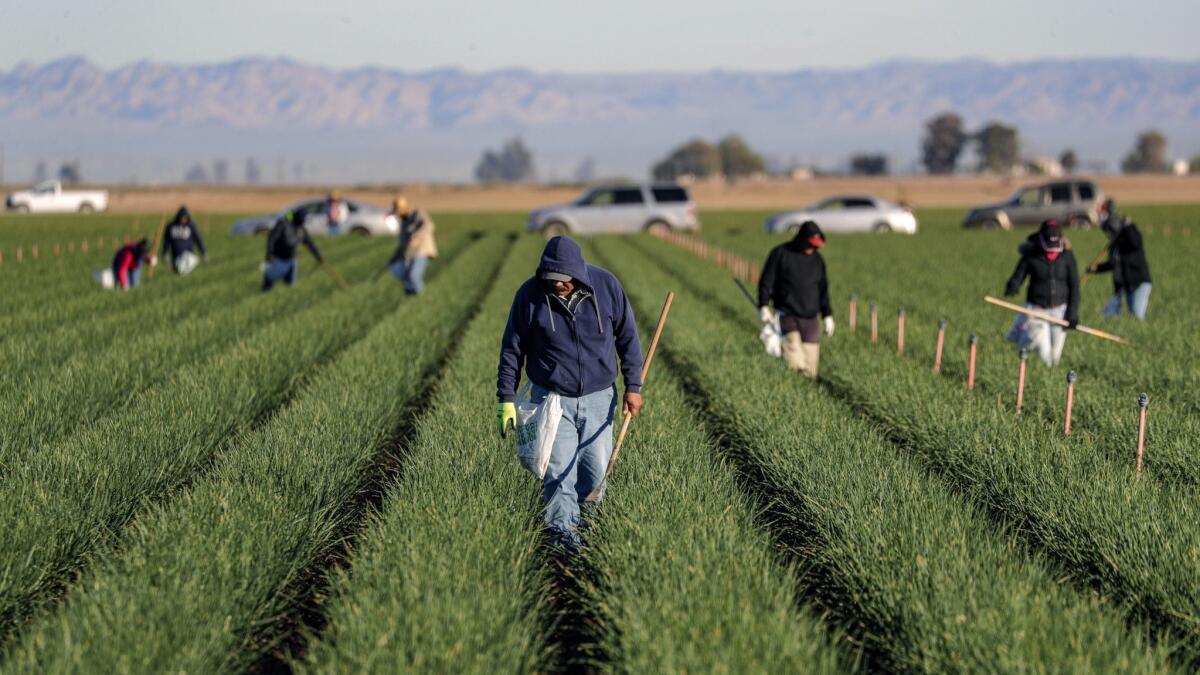
Ever wondered what makes California such a powerhouse in the agriculture sector? California agriculture is not just an industry; it's a vital part of the state's identity, fueling both the economy and our dinner tables with an incredible variety of produce. From the lush vineyards of Napa Valley to the sprawling almond orchards in the Central Valley, this state's agricultural bounty is truly remarkable. But what exactly sets it apart? Why does this sunny state manage to produce more than a third of the country's vegetables and two-thirds of its fruits and nuts? Let's dig into some fascinating facts about California's green gold and uncover the secrets behind its agricultural success. Ready to be amazed by what grows in the Golden State?
Key Takeaways:
- California leads the U.S. in agriculture, producing a third of vegetables and two-thirds of fruits and nuts. Its diverse crops and innovative techniques make it a global agricultural powerhouse.
- With over 400 crops, including almonds and grapes, California's agriculture is vital to the economy. Facing challenges like climate change, the state's innovation and sustainability efforts promise a resilient future.
Understanding California's Agricultural Might
California's agricultural sector is a powerhouse, contributing significantly to both the state and national economy. Known for its diverse climate and fertile soils, this state produces a wide array of fruits, vegetables, nuts, and other commodities. Here, we delve into some fascinating facts that highlight the importance and scale of agriculture in the Golden State.
-
California is the leading agricultural state in the United States, generating over $50 billion annually in agricultural revenue. This impressive figure underscores the state's critical role in feeding the nation and beyond.
-
The state is responsible for nearly a third of the country's vegetables and two-thirds of the country's fruits and nuts. This abundance is thanks to California's varied climate, allowing for a wide range of crops to flourish.
The Diversity of California Crops
-
More than 400 commodity crops are grown in California, showcasing the state's incredible agricultural diversity. From almonds and artichokes to grapes and garlic, the variety is staggering.
-
Almonds are a standout among California's crops, with the state producing about 80% of the world's supply. This nut's popularity has grown significantly, making it a key export product.
-
Grapes are another vital crop, with California being the largest wine producer in the U.S. The state's vineyards are famous worldwide, contributing significantly to the global wine industry.
Water: A Critical Resource for California Agriculture
-
Agriculture consumes about 40% of California's water supply, highlighting the sector's heavy reliance on this precious resource. Efficient water use and management are crucial for the sustainability of California's agriculture.
-
Despite water challenges, innovative irrigation techniques have allowed California farmers to maintain and even increase crop yields. These advancements help balance agricultural needs with environmental conservation efforts.
The Economic Impact of California Agriculture
-
The agricultural sector supports numerous jobs in California, from farming and harvesting to processing and distribution. This employment chain underscores agriculture's role as a key economic driver.
-
California's agricultural exports are valued at over $20 billion annually. This trade not only boosts the state's economy but also secures its position as a global agricultural leader.
Challenges and Opportunities Ahead
-
Climate change poses a significant challenge to California agriculture, with increasing temperatures and changing precipitation patterns affecting crop yields. Farmers are adapting with more resilient crop varieties and water-saving technologies.
-
The demand for organic produce is rising, and California is at the forefront of this trend. The state leads the nation in organic farm sales, reflecting consumers' growing preference for sustainably grown food.
-
Innovations in agricultural technology, such as drone monitoring and precision farming, are helping California farmers increase efficiency and reduce environmental impact. These advancements promise a more sustainable future for the state's agriculture.
-
Urbanization and land use changes present ongoing challenges for California agriculture. Protecting farmland and supporting young farmers are critical for the sector's long-term viability.
California's agriculture is a testament to the state's innovation, resilience, and diversity. As it faces future challenges, its continued success will depend on balancing productivity with sustainability.
A Fresh Perspective on California's Bounty
California's agriculture is a testament to diversity and abundance, playing a crucial role not just in the state but globally. From the vast fields of almonds to the vineyards producing world-class wines, this state's agricultural output is both impressive and essential. It's clear that California's farms and orchards are more than just sources of food; they're vital contributors to the economy, culture, and environment. Understanding these facts gives us a deeper appreciation for the land, the farmers, and the processes that bring food to our tables. So, next time you enjoy a California-grown product, remember the innovation, effort, and resources that made it possible. Let's continue to support and celebrate the Golden State's agricultural heritage, ensuring it thrives for generations to come.
Frequently Asked Questions
Was this page helpful?
Our commitment to delivering trustworthy and engaging content is at the heart of what we do. Each fact on our site is contributed by real users like you, bringing a wealth of diverse insights and information. To ensure the highest standards of accuracy and reliability, our dedicated editors meticulously review each submission. This process guarantees that the facts we share are not only fascinating but also credible. Trust in our commitment to quality and authenticity as you explore and learn with us.


